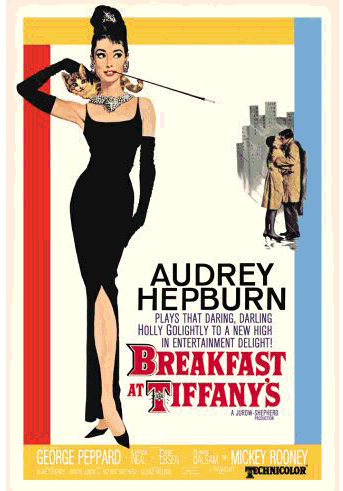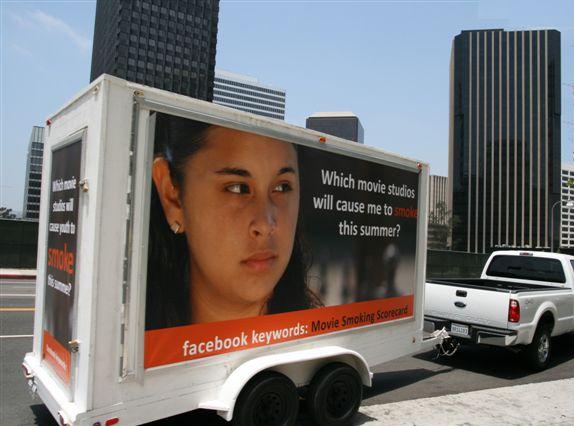 “Which Movie Studios Will Cause the Most Youth to Start Smoking This Summer?”
“Which Movie Studios Will Cause the Most Youth to Start Smoking This Summer?”
How do we, as a society, teach acceptable social norms? What collective responsibility do we have to model good behavior? Do our institutions have a duty to the community as a whole? What is the collective impact of individual, small, “negative nudges” when multiplied by millions of impressions?
The American Medical Association (New York Times article below) is starting a publicity campaign to attempt to shame movie studios into more socially-responsible behavior. Citing research, the AMA states that “PG-13 films account for two out of every three tobacco “impressions”…(and) up to half of all new smoking by teenagers can be attributed to smoking in movies.”
Each of us is individually responsible for our own behavior, yet there is no denying that our collective behavior is powerfully influenced by our social and physical environment and that the media is one of the strongest forces in shaping our culture. If we wish a brighter, better future, a world we all can live in, it behooves us to teach our children well.
Closing Quote
“No individual rain drop believes it is to blame yet still the flood happens.” — Proverb
——————-
Cigarettes in Popular Films Are Target of Health Groups
By BROOKS BARNES
The New York Times
Published: May 27, 2009

Photo caption: Summer movies are the focus of a new antismoking campaign.
LOS ANGELES — The advocacy arm of the American Medical Association unveiled a summer-long campaign on Wednesday intended to publicly shame movie studios for depicting images of smoking in their mass-appeal movies.
“Which Movie Studios Will Cause the Most Youth to Start Smoking This Summer?” is the name of the effort. Components include a Facebook scorecard, moviesmokingscorecard.com, tallying the number of tobacco images depicted in movies rated G, PG and PG-13 from May to August. The studio found to be the biggest offender will be named on billboards in September.
The American Medical Association Alliance, working with the Los Angeles County Department of Public Health and the California Youth Advocacy Network, will also operate the public Facebook page. The site already includes a video from a group of teenagers complaining about images of smoking in “X-Men Origins: Wolverine.”
“It’s incomprehensible for studios to defend their promotion of tobacco products in youth-rated films when you hear from teenagers directly that they are taking notice — and offense — to this on-screen promotion,” said Sandi Frost, president of the American Medical Association Alliance.
Visitors to the Facebook page will also be encouraged to sign a petition demanding that “gratuitous images of smoking” earn a film an automatic R rating from the Motion Picture Association of America. An R rating requires that viewers under 17 be accompanied by a parent or adult guardian. In 2007 the association started considering smoking alongside sex and violence in assessing the suitability of movies for young viewers, but rulings are subjective rather than automatic.
Studios, under pressure from health groups, have been urging filmmakers to trim tobacco scenes but have balked at an outright ban, citing the need for artistic license. An association spokeswoman, Angela Belden Martinez, noted that the movie industry now includes antismoking announcements on DVDs.
“The industry understands the concerns of parents about smoking and takes them seriously,” Ms. Martinez said. “One of the great things about the ratings system is that it has evolved to reflect society.”
Ms. Frost and Dr. Jonathan E. Fielding, director of the Los Angeles County Department of Public Health, cited research in a conference call with reporters showing that PG-13 films — the rating carried by most blockbusters — account for two out of every three tobacco “impressions” delivered to audiences of all ages. They also cited studies indicating that up to half of all new smoking by teenagers can be attributed to smoking in movies.


0 Comments